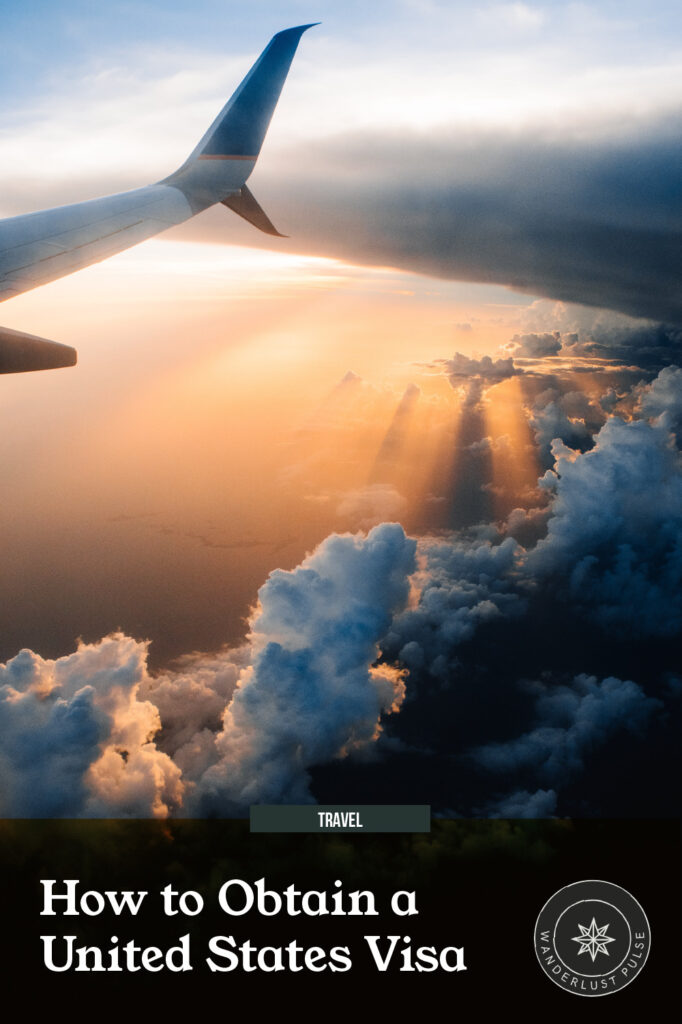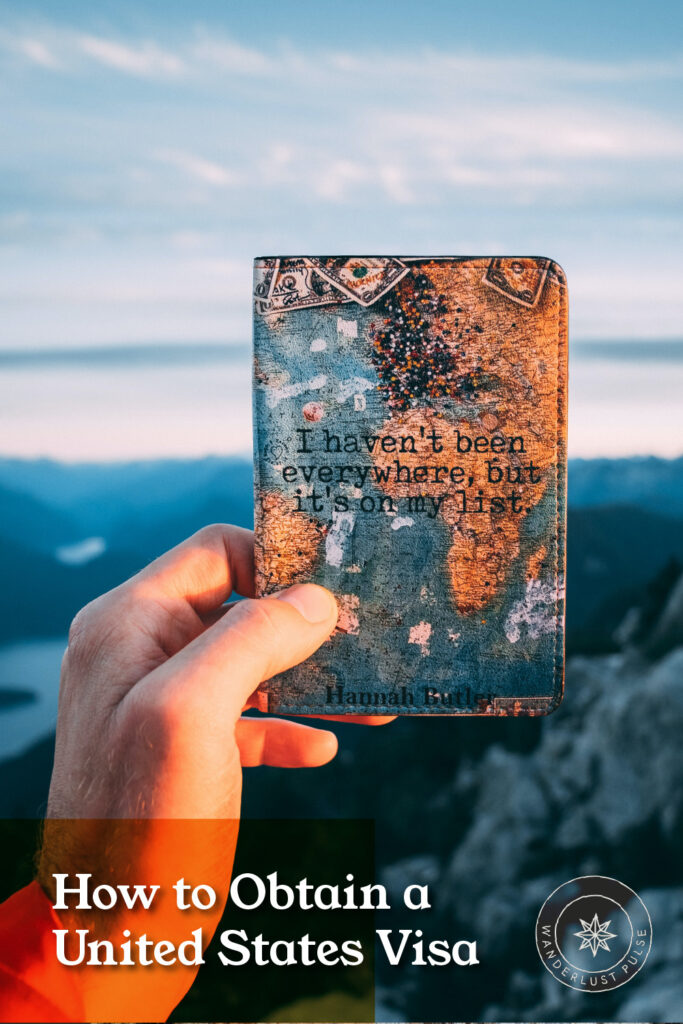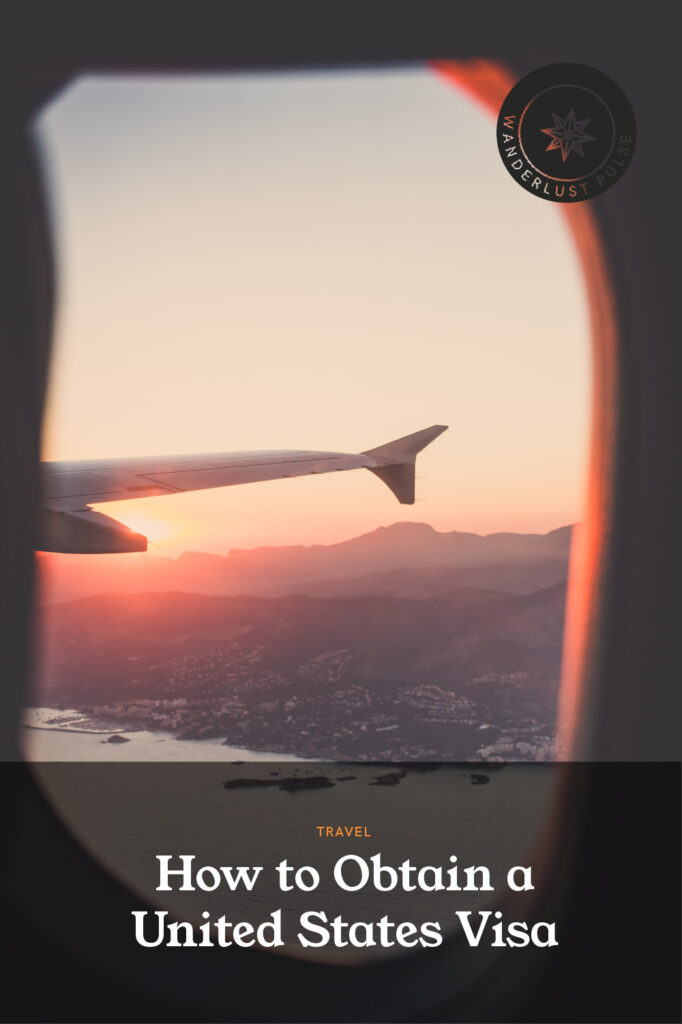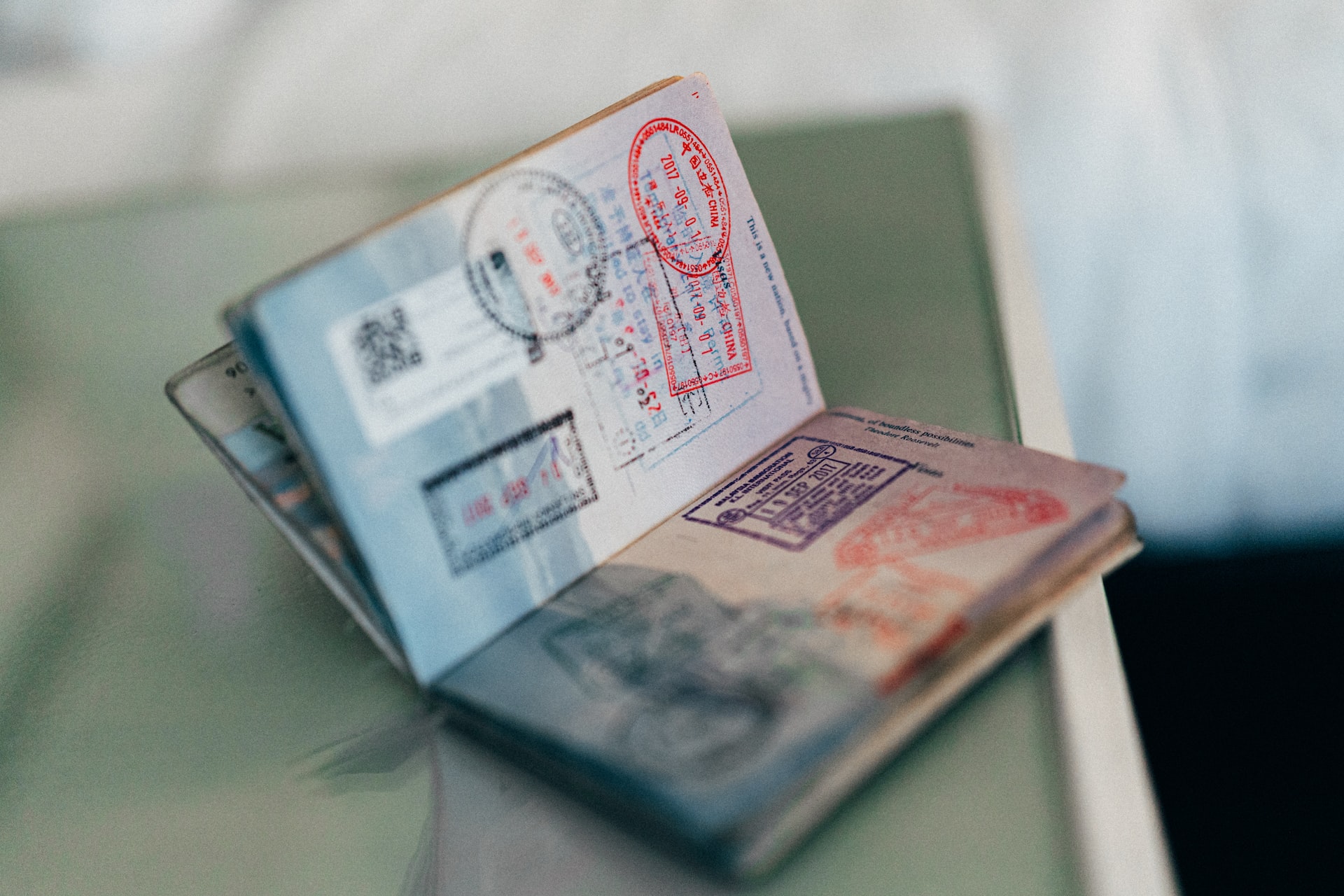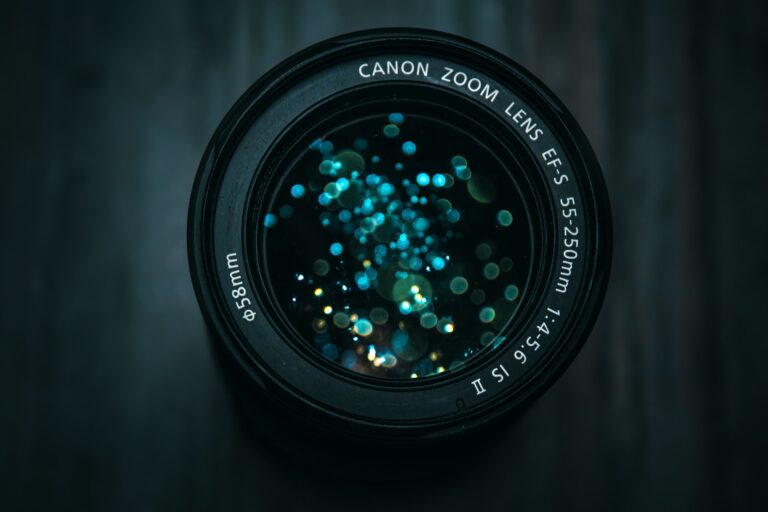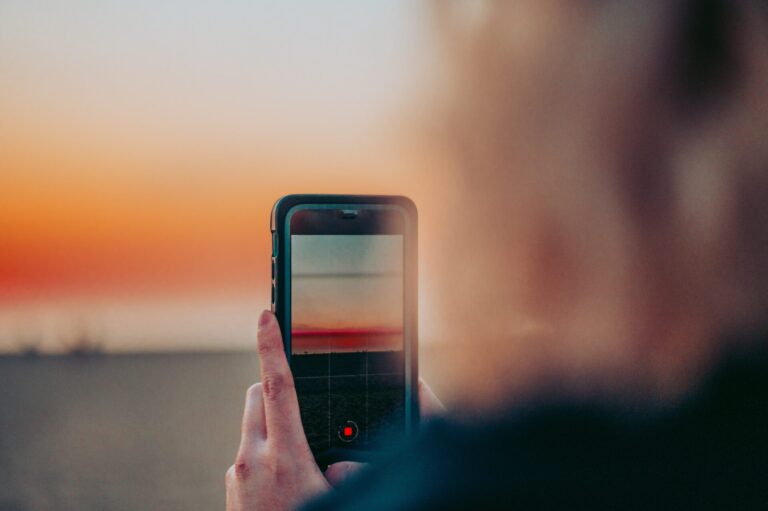How to Obtain a United States Visa
Are you planning a trip to New York, Los Angeles, or any other unique American city while you have never visited the United States before? You’ll first need to determine if you can enter the United States with or without a visa.
Obtaining such a United States visa can be a confusing and daunting process, but it is, unfortunately, a necessity for everyone who wants to travel to the United States for work, study, or other purposes.
This article will outline the steps you need to take to obtain a United States visa and provide some tips and considerations to keep in mind during the process. We’ve got another guide for applying to the ESTA Visa Application process.
Page Contents
Step 1: Determine the type of Visa you need
Before we dive into the process of obtaining a United States Visa, it’s important to note that there are different types of visas available for travel to the United States, each with its own requirements and restrictions. Some common types of visas include visitor visas (for tourism or business purposes), student visas (for academic study), and work visas (for employment in the United States).
To determine the type of United States Visa you need, you will need to consider the purpose of your trip and how long you plan to stay in the country. Some of the most popular types of visas:
- B-1/B-2 Visitor Visa: This visa is for individuals who want to visit the United States for business or pleasure for a temporary period of time. B-1 visas are for business purposes, such as attending meetings or conferences. B-2 visas are for pleasure or medical treatment.
- Visa Waiver Program (VWP): Some foreign nationals are eligible to enter the United States without a visa through the VWP. The VWP allows citizens of certain countries to travel to the United States for stays of 90 days or less without a visa.
- ESTA (The Electronic System for Travel Authorization): is an online system that allows eligible travelers to request authorization to travel to the United States under the VWP. Not to confused by the European ETIAS authorization.
To determine which type of United States Visa is appropriate for your specific purpose, you can visit the website of the U.S. Department of State and use the visa wizard tool to find the appropriate visa category. You can also consult with a U.S. embassy or consulate to get more information about the types of visas available.
Step 2: Gather the necessary documents
Once you have determined that you are eligible to apply for the B-1/B-2 United States Visitor Visa, the next step is to request and gather all the necessary documents. This will vary depending on the type of visa you are applying for, but standard documents that you may need to provide include:
- Passport: You will need to provide a valid passport with at least six months of validity remaining.
- Non-immigrant Visa Application, Form DS-160: You must complete the online visa application form and print the confirmation page.
- Photograph: You will need to provide a recent photograph that meets the specific requirements for visa photos.
- Receipt of payment: You will need to pay a fee to apply for a visa and provide a receipt for the payment.
- Birth certificate: You may need to provide a copy of your birth certificate, depending on the type of visa you are applying for.
- Proof of financial support: You may need to provide evidence of your financial resources, such as bank statements or a letter from an employer, to show that you have the means to support yourself during your stay in the United States.
- Evidence of your purpose for traveling to the United States: Depending on the purpose of your trip, you may need to provide additional documents, such as a letter of invitation or a job offer.
It is essential to carefully review the requirements for the specific type of United States Visa you are applying for and provide all the required documents because incomplete or inaccurate applications can result in delays or denials.
Step 3: Schedule an interview
Once you have gathered all of the necessary documents, the next step is to schedule an interview at the U.S. embassy or consulate in your home country. It’s important to note that some visa categories do not require an interview, so you will need to check the specific requirements for your visa.
You must complete the online DS-160 form and pay the United States Visa application fee to schedule an interview. You will then be given a confirmation page with your application number, which you will need to bring to your interview.
Step 4: Attend the interview
The interview is an important part of the visa application process, as it allows consular officers to determine if you are eligible to receive a visa. During the interview, you will be asked a series of questions about your travel purpose, background, and plans in the United States. It’s important to be honest and straightforward during the interview, as any discrepancies or inconsistencies could potentially jeopardize your chances of obtaining a visa.
Step 5: Wait for a decision
After your interview, it can take several weeks or even months for a decision to be made on your visa application. Sometimes, the consular officer may request additional documents or information before deciding.
Step 6: Your United States visa is approved
If your United States visa is approved, you will receive a visa stamp or sticker in your passport. The visa will indicate the type of visa you were granted, the validity period, and the number of entries allowed.
With a valid visa, you can travel to the United States and apply for admission at a port of entry. A Customs and Border Protection (CBP) officer will review your documents and determine whether to admit you into the country.
It is important to note that having a visa does not guarantee entry into the United States. The CBP officer has the final authority to determine your admissibility to the country.
Save for later …
